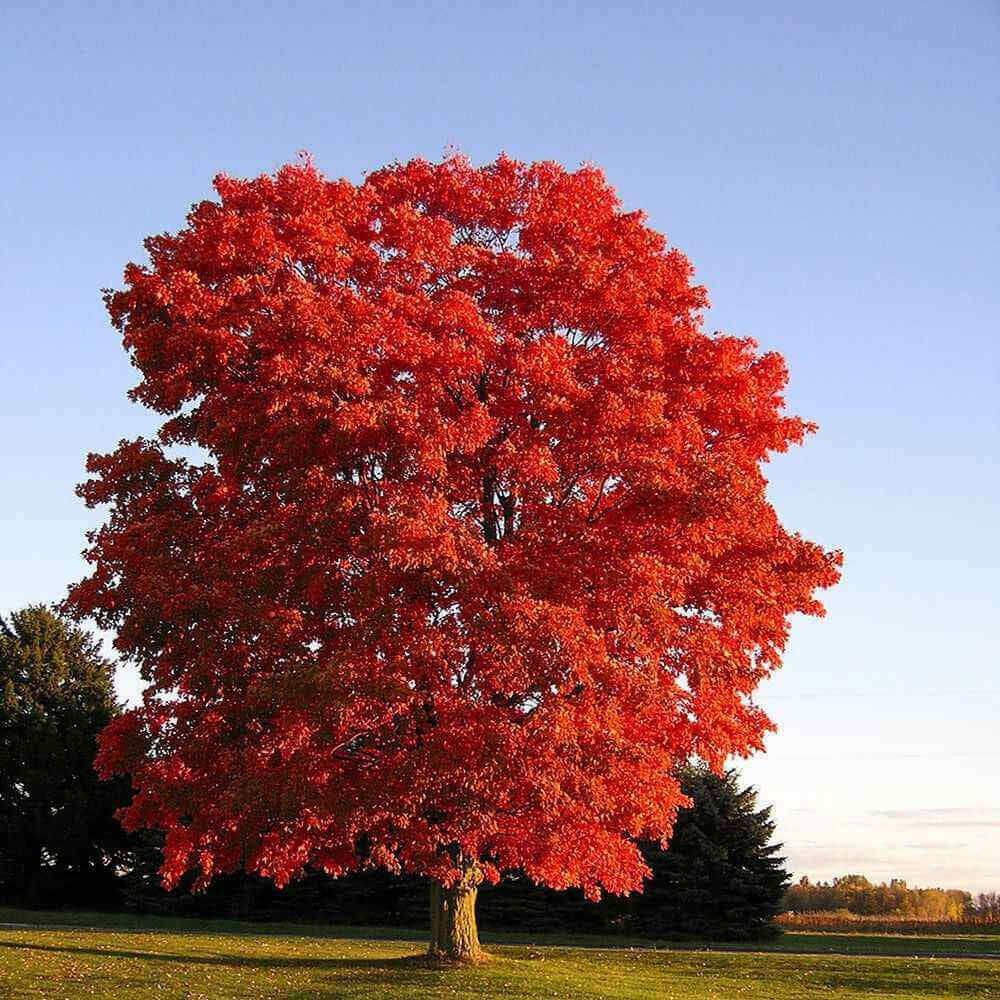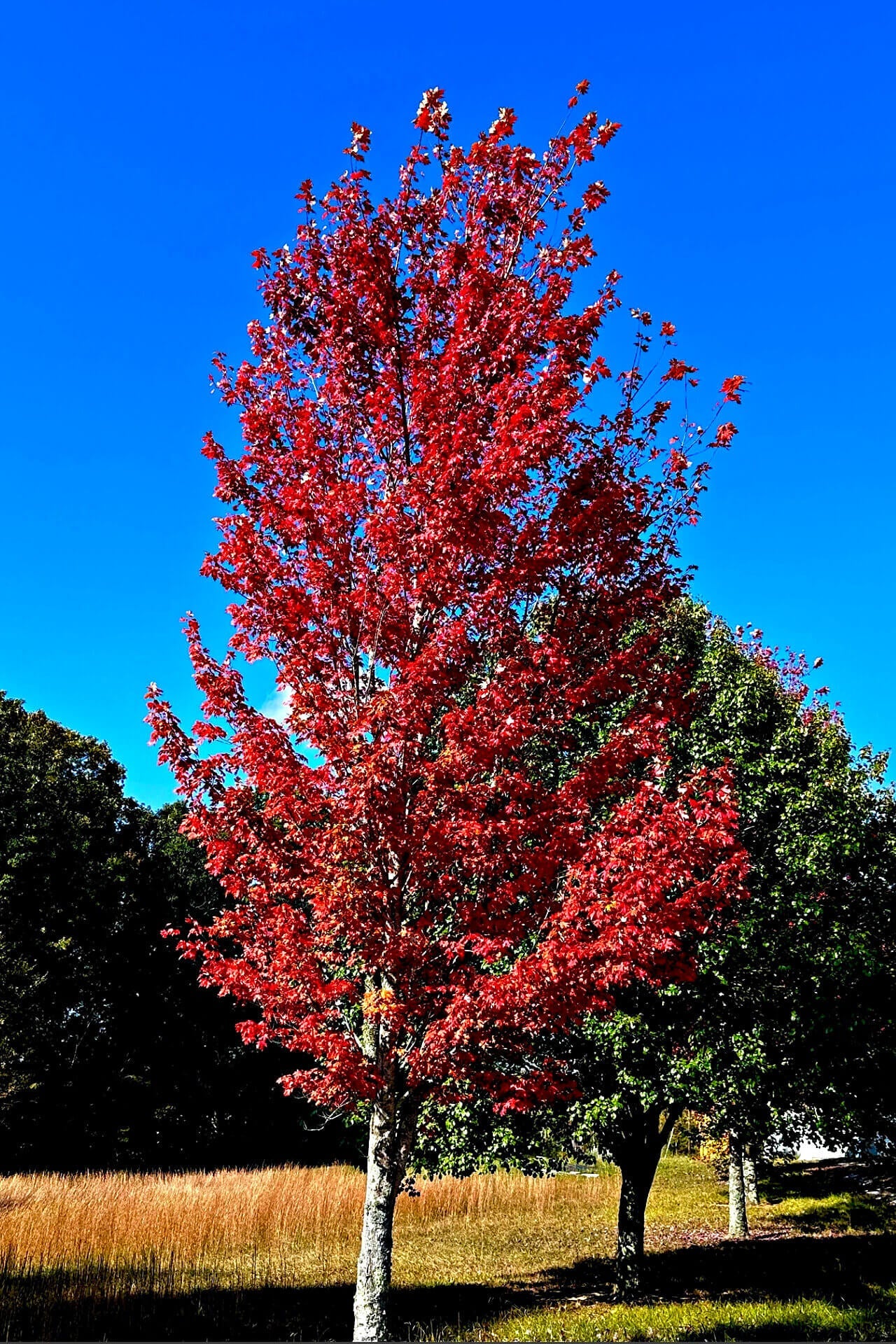Red Maple Tree Seedlings - Acer Rubrum
Red Maple Tree Seedlings will put on a show all season long, from bloom in the Spring to autumnal leaf fall. Scientifically known as Acer rubrum, this brilliant native tree is often seen as one of the first signs of Fall.
These are found just about anywhere. They are truly versatile and easy native trees. This tree is a favorite among gardeners looking for fast impact, as it grows upwards of 2 feet each year, reaching mature height faster than many other native trees.
Plant Details - Red Maple Tree Seedlings
Family: Sapindaceae
Light Requirement: Full Sun – Partial Shade
Water Needs: Moderate
Height: 40-70 ft.
Spread: 30-50 ft.
Growth Rate: Fast
Bloom Time: Early Spring
Flower Color: Red - yellow
Leaf Color: Green, red, orange, yellow
Wildlife Value: Attracts pollinators, provides shelter and nesting materials for animals
This tree is notoriously less picky than many others. It can tolerate just about any soil type and only asks that it be well-drained. It has a preference towards slightly acidic soil, but this is not completely necessary.
Once the seedling has had some time to grow and establish, it can even tolerate some drought conditions. As a deciduous tree, it will drop its leaves after the growing season has passed, only to regrow year after year.
Landscape Uses and Maintenance of Red Maple Tree Seedlings
This tree has strong wood traditionally used for furniture and other building projects in various industries. It is most often planted as a reliable ornamental native that adds visual appeal to any landscape lucky enough to call itself the home of this lovely tree.
When planted as Red Maple Tree Seedlings, the tree will rapidly take off and begin providing valuable shade and shelter. Provide regular watering for young trees to ensure it’s off to a good start and remove dead or damaged branches in the winter.
Noteworthy Characteristics of Red Maple Tree Seedlings
Red Maple Tree Seedlings will push out very interesting flowers in the spring that almost look like leaflets. Upon close inspection, you will see long-extending anthers on the male flowers and an equally long stigma on female flowers.
This gives the flowers a fuzzy appearance, made all the more interesting by their bright red color, almost as if to foreshadow what’s to come in the Fall.




